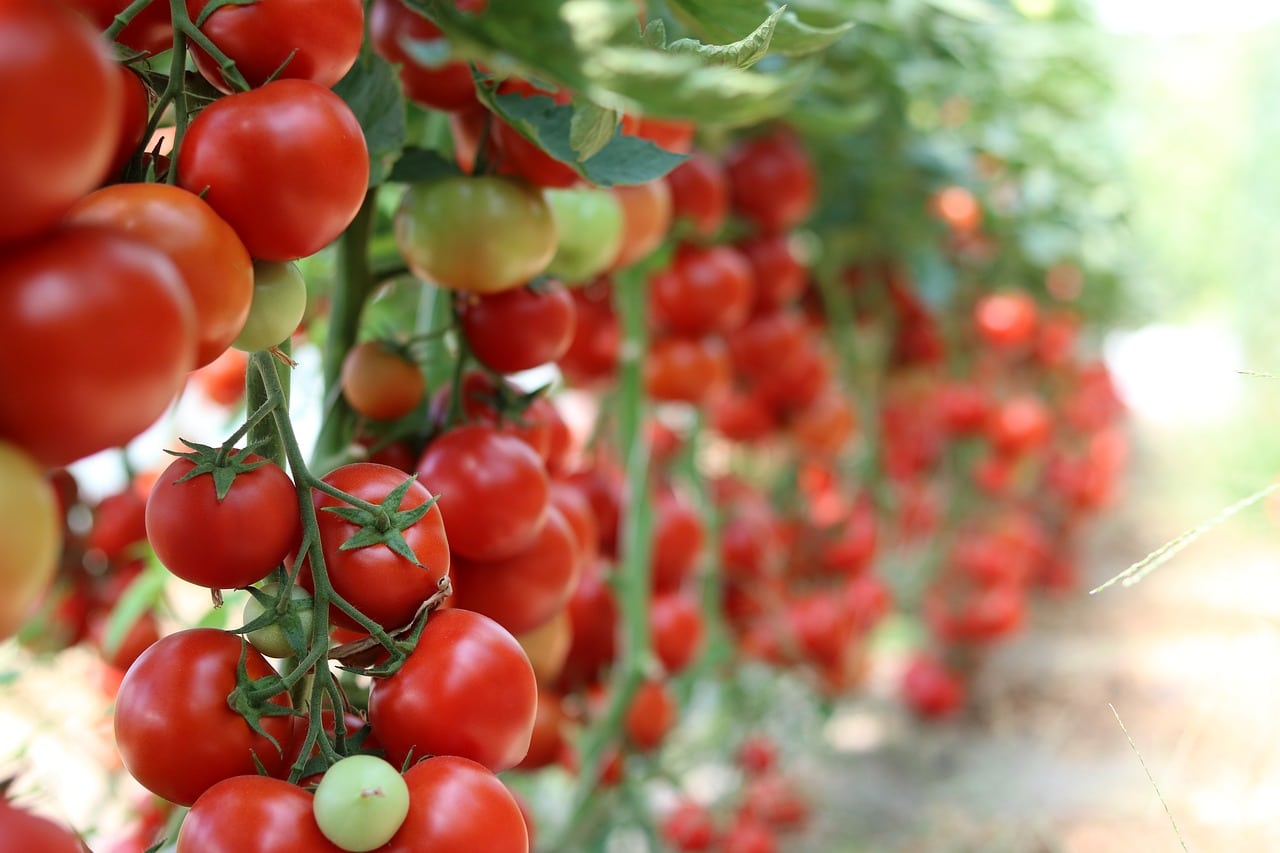
When it comes to plants and crops, spotting yellow leaves is not a good sign. It is a way in which we can realize quite quickly that something is wrong. A tomato plant with yellow leaves can have mild or quite serious problems, so we must be able to detect the cause as soon as possible and remedy it.
In this article We will talk about the reasons why the leaves of a tomato plant can turn yellow and how to recover the plant. So if you are thinking of growing tomatoes or you already have some tomato plants with this problem, I recommend that you keep reading.
Why do the leaves of a tomato plant turn yellow?
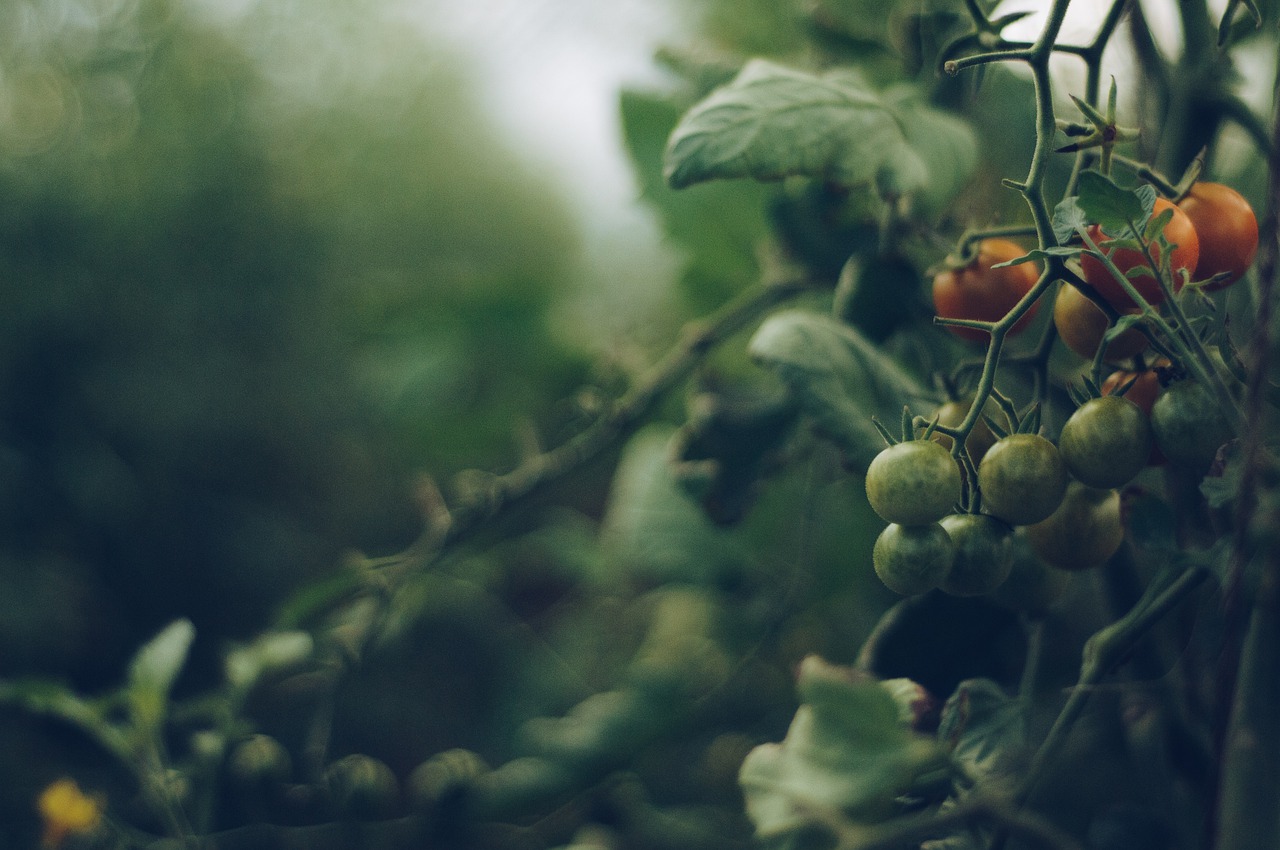
If we are new to the garden and we are growing tomato plants, it is quite likely that at some point we will detect one or several yellow leaves. But what is it due to? Before explaining how to recover a tomato plant with yellow leaves, we will first talk about the reasons why it can happen, since the treatment will depend on it.
There are many reasons why tomato leaves can turn yellow. Sometimes it is nothing to worry about, but in others it can be something important that we must solve as soon as possible. We are talking about reasons as simple as excess water or as serious as, for example, a plague or disease. Next we will talk about the different reasons why tomato plants may have yellow leaves.
Improper irrigation
A very common reason why tomato leaves turn yellow is by water, when it is not suitable. If we grow tomatoes, it is very important to take into account that they need more water after transplanting and when they are still young seedlings. In addition, when temperatures are very high, they require more watering, especially when these vegetables are bearing fruit. Generally, a very deep watering per day will suffice when we are in summer, or when the tomato plant is bearing fruit.
transplant shock
Have you ever heard of transplant shock? As strange as it sounds, plants can also be under shock. It is a biological process that the plant undergoes after being replanted. Basically, those plants that have just been repotted are not able to absorb enough water through their roots. Therefore, it is a state of water stress. Vegetables do not always suffer from transplant shock, it only occurs in those cases in which the planting has not been carried out correctly.
On many occasions, the transplant is carried out too early, when the root system of the plants is not yet very developed. Overly interfering with or damaging these root systems during the transplant process can result in transplant shock.
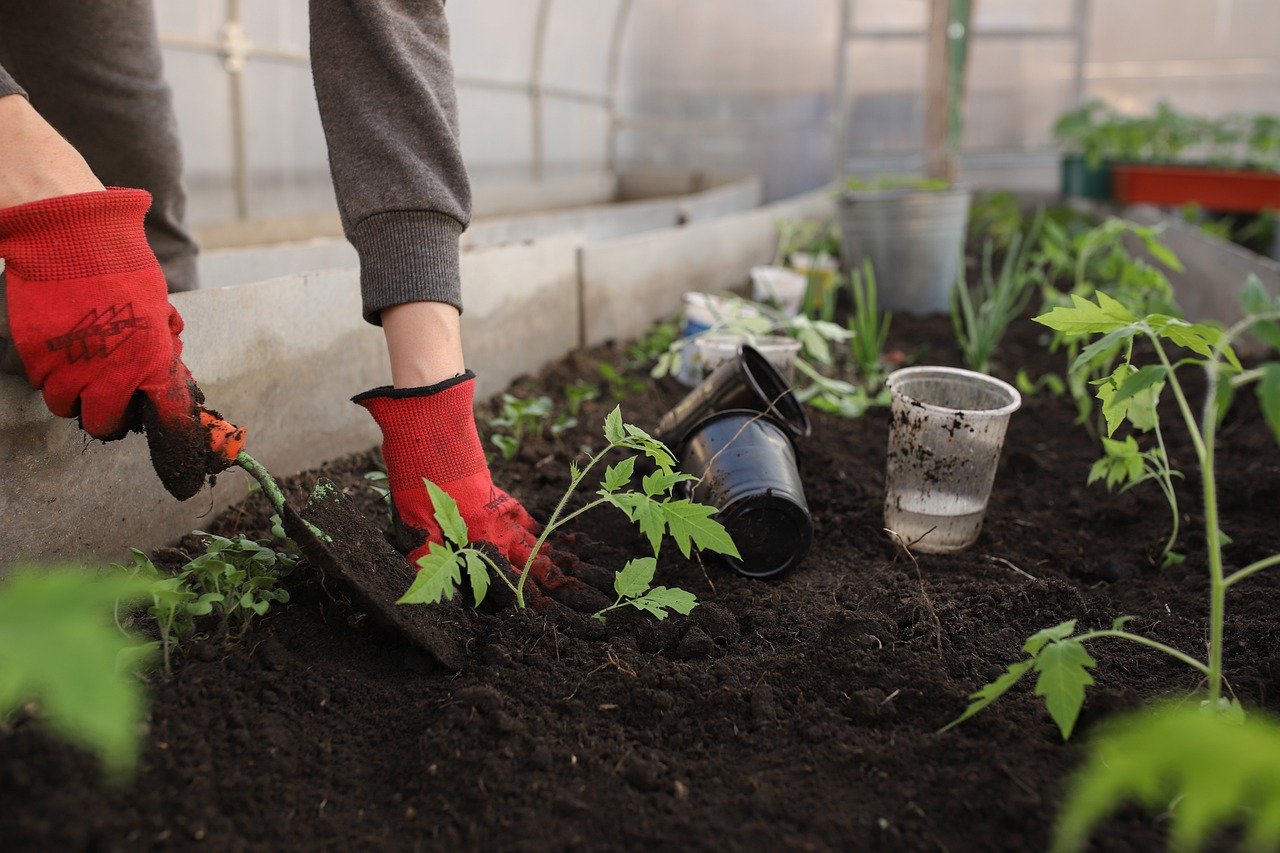
Therefore, this pathology usually appears after we have transplanted the tomato plants to the ground for the first time. These will go through a transplant adjustment period. Between one and two weeks after planting, its leaves may turn yellow and pale. However, the newest leaves that appear at the top of the stem will look healthy and will grow properly.
While it is true that some tomato varieties may be more or less susceptible than others, The ideal way to prevent them from suffering transplant shock is to wait for the optimal moment to do it. This implies a correct development of the root system and ideal night temperatures for the plant.
early blight
Another reason tomato leaves can turn yellow is early blight. It is a pathology caused by a soil fungus. This travels from the ground where it is found to the lower leaves of the tomato plant. Irregular yellow spots will appear on the older lower leaves of the plant during the earliest stage of this infection. These spots turn brown over time, maintaining a kind of yellow halo around them.
As with all fungi, the best way to prevent them is prevent conditions from being favorable for their proliferation. They generally thrive in warm, humid environments. Maintaining an adequate space between plants, in the case of tomato plants at least three feet, will allow better ventilation and will hinder the appearance of fungi.
Leaf spot or Septoria
Also leaf spot, known as Septoria, is caused by a fungus. As with early blight, Septoria causes yellow spots on older lower leaves. However, the evolution of these spots is a little different. They go from yellow to brown, and then to gray or tan. Usually, Septoria spots are more numerous and smaller than early blight spots, and its shape is more circular.
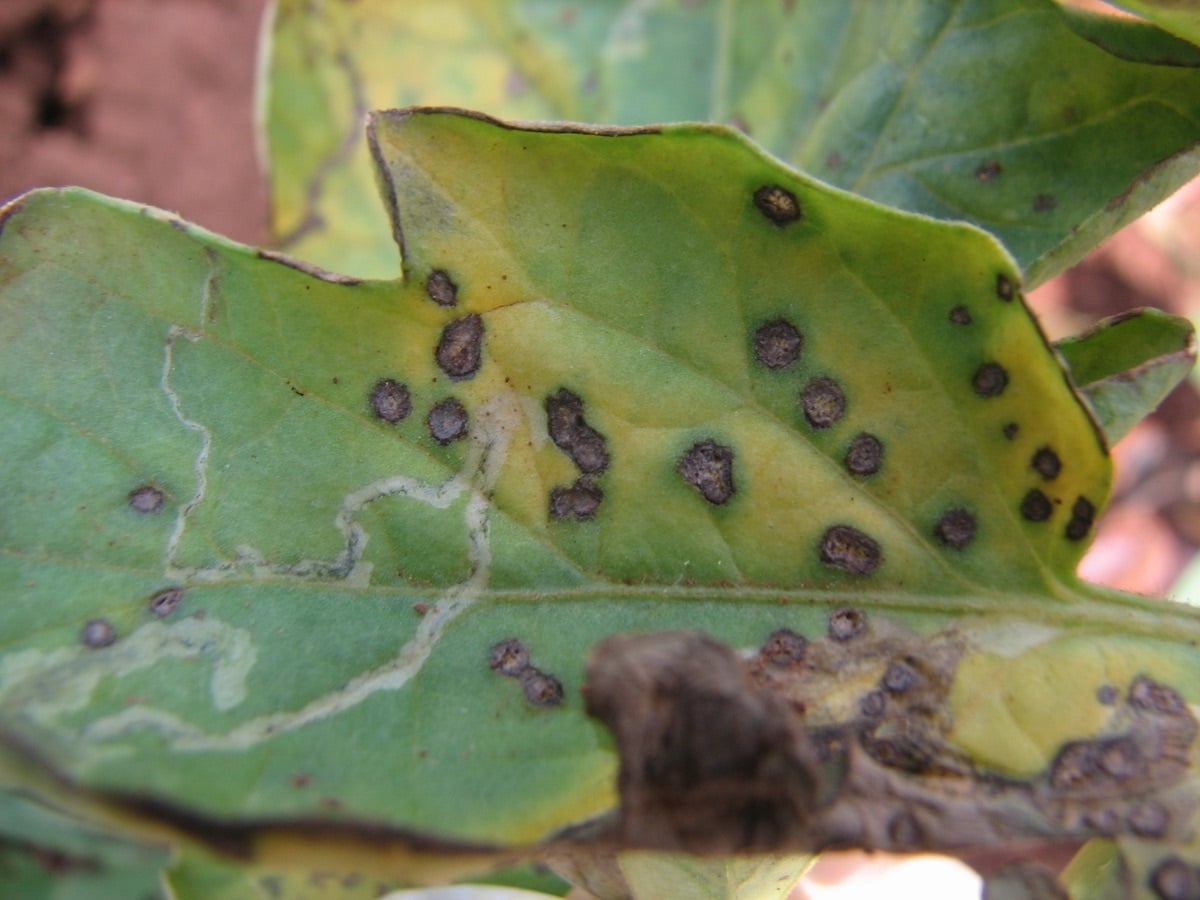
As expected, prevention methods are the same for all fungi: Avoid optimal environments for their development and facilitate good ventilation of the plants.
Verticillium wilt
Among the fungi that cause yellow leaves in tomato plants is also Verticillium. When a vegetable is affected by this fungal agent, the leaves will show brown and yellow areas from their midvein to the edge. Most of the time, these spots are V-shaped. As for the affected plant, it withers at the hottest time of the day. The progress of Verticillium wilt is very slow and takes place evenly throughout the plant.
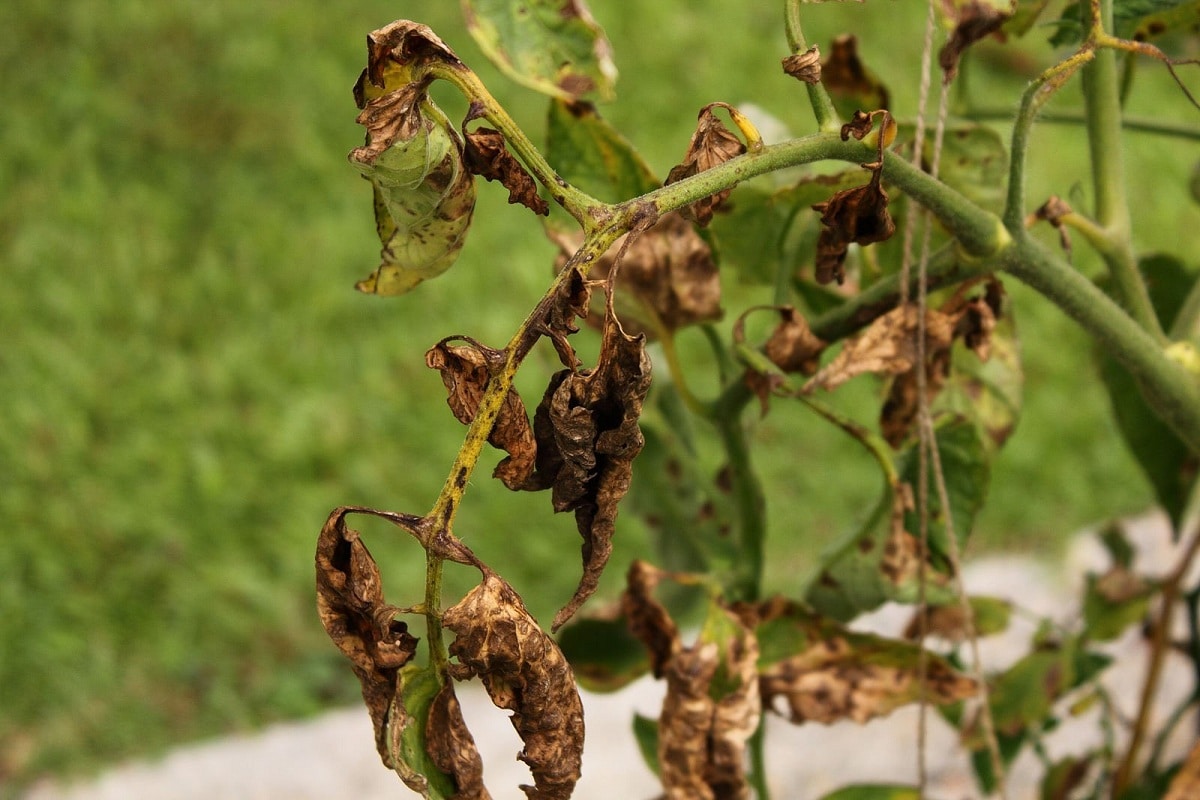
If we suspect that the tomato plant may be suffering from Verticillium wilt, we can make sure in a very simple way: Scrape the stem at ground level. Inside, the vascular tissue looks brown even though it should be white. In the event that our suspicion is confirmed, the best we can do is rotate the tomatoes so that they occupy another area next year and use seeds resistant to this fungal disease, since this fungus can remain in the soil for several seasons.
Fusarium wilt
Fusarium wilt usually it appears once the tomato fruit has ripened on the vegetable. In this case, the lower leaves take on a yellowish color and sometimes it is limited to a single shoot or stem. At first, this wilting seems to recover overnight.
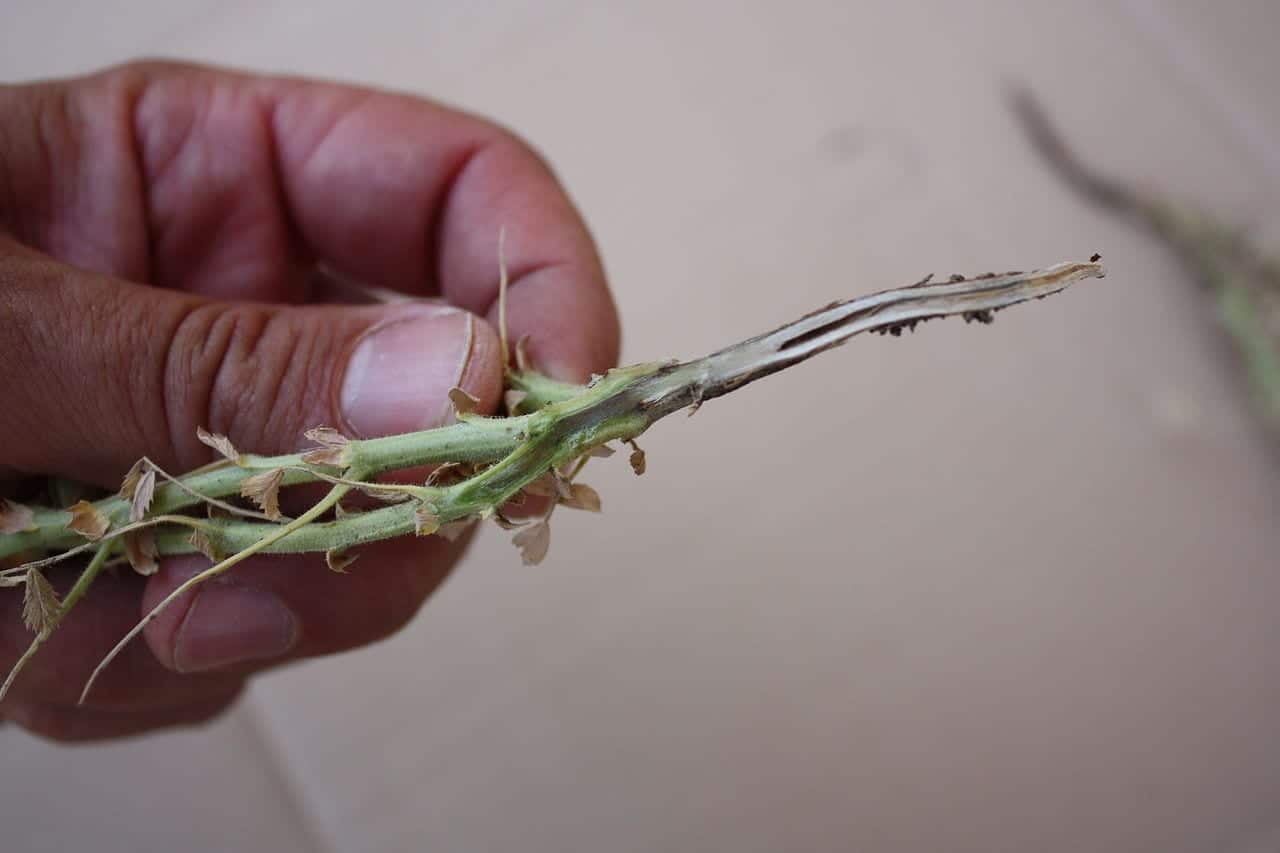
When a plant is affected by this fungus, its growth is stunted. A portion of the crop may reach maturity before the plant succumbs. To confirm the presence of this fungus, we can also find out by scraping the stem and seeing the color of the vascular tissue, which will be brown, as with Verticillium wilt. In the same way, if our suspicion is confirmed, we will have to carry out a crop rotation and acquire resistant seeds.
Other motives
Apart from lack of water or diseases, there may be other reasons why the tomato plant has yellow leaves:
- Very bushy plant: The upper leaves deprive the lower leaves of sunlight, which eventually turn yellow. It's nothing to worry about.
- Lack of nutrients: Unbalanced alkalinity, nitrogen deficiency, potassium deficiency, magnesium deficiency, calcium deficiency, sulfur deficiency, zinc deficiency.
What to do when tomato leaves turn yellow?
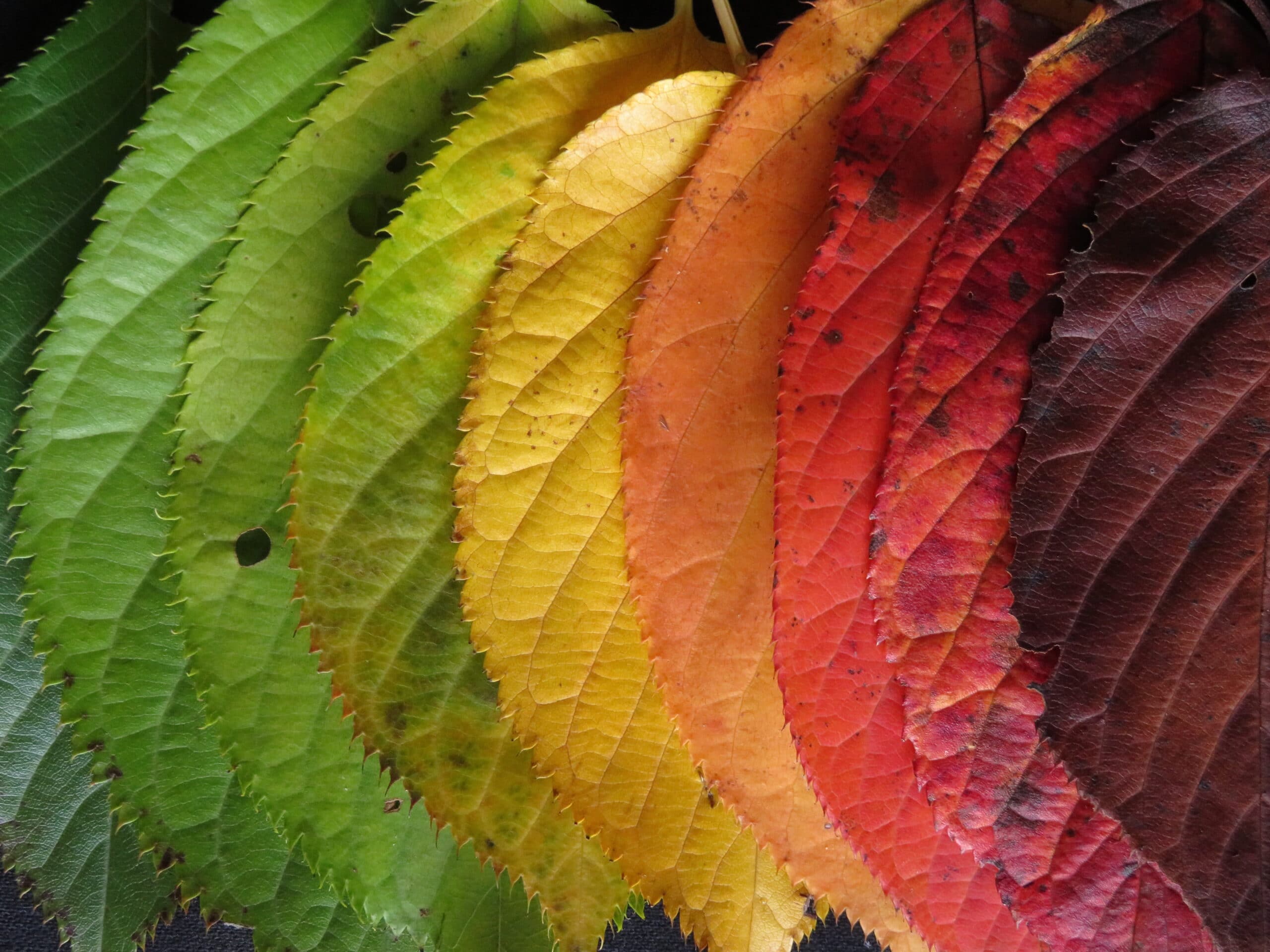
Obviously, the first thing we must do to know how to recover a tomato plant with yellow leaves is to find out the reason why it has happened. And how we do it? It is very simple: For rejection. To do this, we must look at signs such as the presence of harmful insects, the appearance of other symptoms that may indicate certain diseases, the state of other plants, etc. Once we are clear about what it is, we can remedy it:
- Improper irrigation: It is essential that the soil has good drainage. Applying a mulch around the vegetables will help the cause. Also the use of a good potting or compost mix will help improve soil drainage.
- Transplant shock: Once green and healthy leaves appear at the top of the tomato plant, we must cut the yellow leaves that are at the bottom of the stem. These do not provide any type of benefit to the plant, in fact they will increase the risk that the vegetable in question will contract a disease. It is best to also apply a little fertilizer.
- Early blight: As soon as the fungus is detected, all affected leaves must be cut. The longer we leave them, the more likely it is that the fungus will spread throughout the plant, including healthy leaves.
- Leaf spot or Septoria: Since it is also a fungus, we must do the same as with early blight, which is to cut the affected leaves as soon as possible.
- Verticillium wilt: To date, there is no cure for this fungus. The best we can do is remove and destroy the affected plant.
- Fusarium wilt: There is also no cure. The only thing we can do is remove and destroy the affected plant.
Hopefully your case is not serious and has an easy solution. Be that as it may, now you know how to recover a tomato plant with yellow leaves.